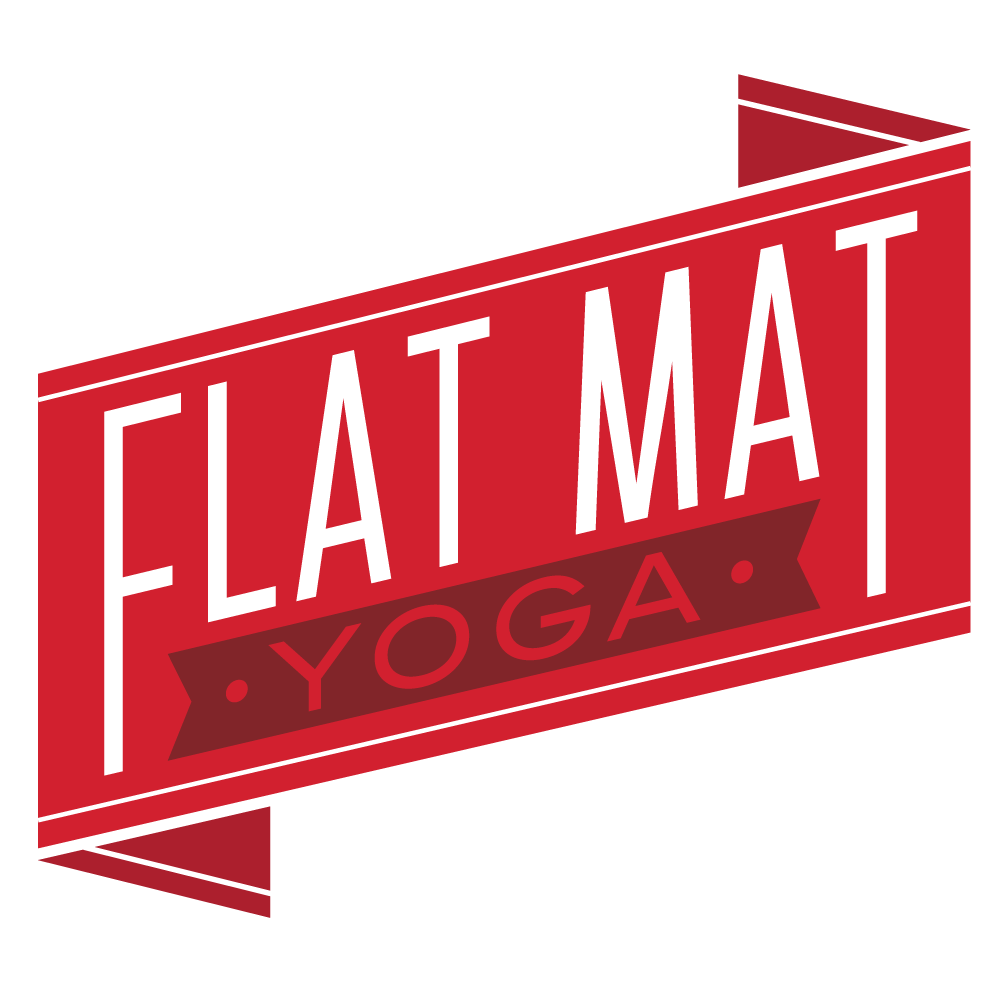You spend countless hours rolling around on your feet. When was the last time you took a few minutes to roll out your feet? If you’ve got access to a tennis ball, a lacrosse ball, or a ball specifically designed for self-massage, you can roll your feet in a few minutes and it’ll help them feel better after you’ve had them crammed into skates and shoes all week.
Reasons to Try Rolling Your Feet
People often discuss the benefits of foam rolling–and there are certainly plenty! There’s a lot to be gained from taking some time to pay attention to the soles of your feet, too. For starters, the soles of your feet possess an incredibly large amount of nerve endings: somewhere between 100,000 and 200,000.
In other words, the foot is designed to sense what’s underneath it, both to prevent injury and also to help your body move more efficiently. Taking time to walk around barefoot and also give your feet a little massage love can help keep all of this functioning well even when you’re spending heaps of time in skates.
If that’s not already enough reason for you, it’s also worth noting that the same fascia that you’ll find at the back of your legs–you know, where you might have grumpy calves or hamstrings–starts at the soles of your feet and runs all the way up the top of your head. Seriously.
Rolling your feet even a few times a week can help keep everything a little happier and functioning better.
Ready to Give It a Go?
Here are some techniques to try. Especially at first, don’t go too hard: you can hurt yourself rolling, and that would kind of defeat the purpose. You’re trying to help things, not mash them into oblivion!
In the video, I’m using Yoga Tune Up Therapy Balls, which I like because they have both grip and pliability, making them better and safer to use for a variety of self-massage techniques (as opposed to a lacrosse ball, which might be cheap and works for somethings, but its hardness can lead to greater risk of pinching a nerve). You can also easily and safely use a tennis ball for your feet, too!


